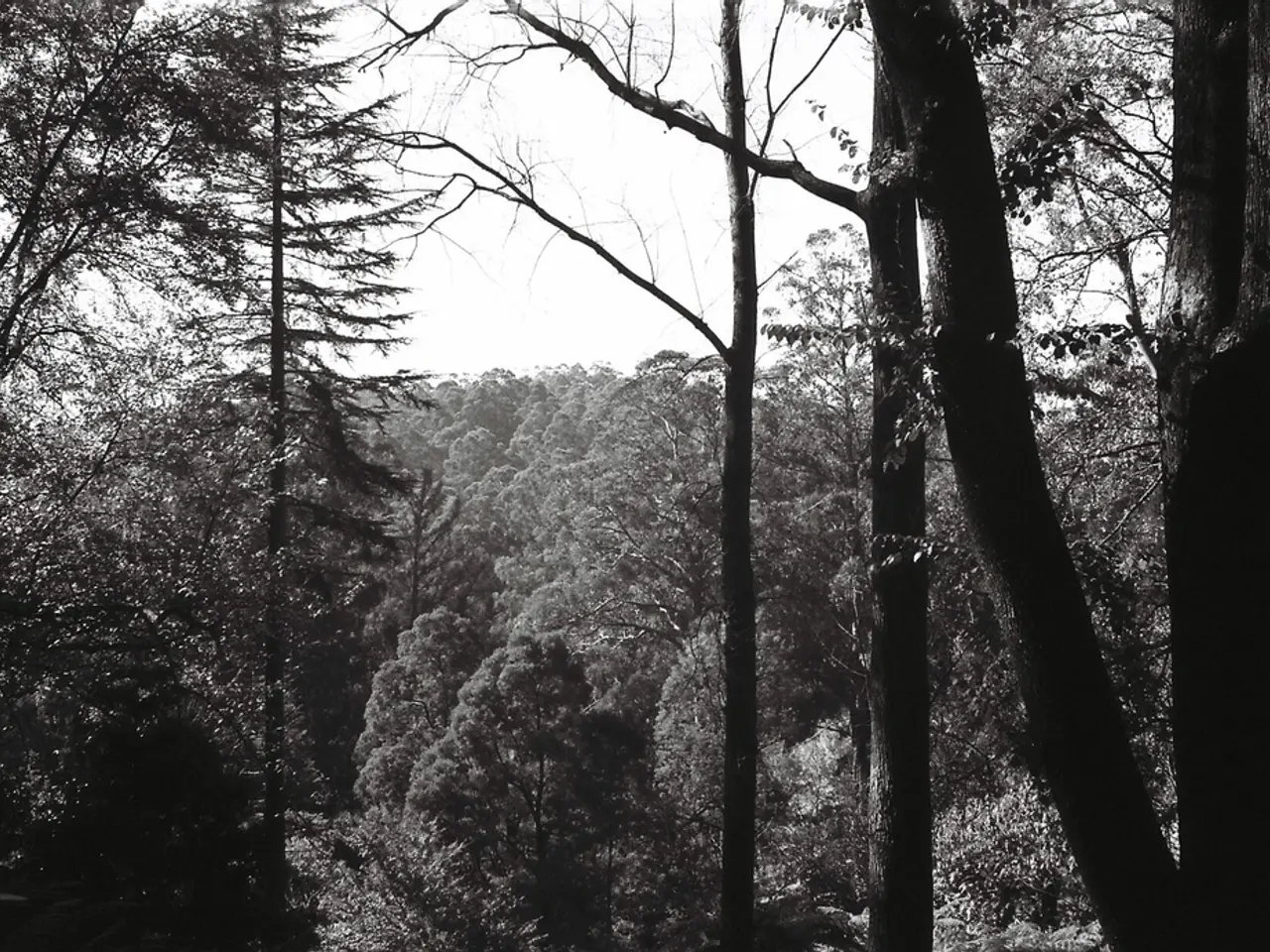Tree Care: When to Prune and Paint for Health and Compliance
Tree care experts have issued warnings about the best times to prune and paint trees. Understanding these guidelines can help maintain tree health and comply with the law.
Pruning during the wrong season can harm trees. For deciduous trees, avoid late spring and summer. This is when they're actively growing and need energy for new leaves. Pruning now could leave them vulnerable to pests and diseases. Evergreens should not be pruned in winter. They're more susceptible to damage then, and open wounds can lead to water loss. Additionally, it's illegal to prune trees with active nests under the Wildlife and Countryside Act 1981, usually from March to August. Wet or extreme weather conditions should also be avoided, as they can introduce bacteria or cause unnecessary stress.
Painting deciduous trees is typically done from summer onwards to protect the bark from sunburn. Painting outside these periods, particularly in late spring and summer, may not provide the same benefits and could potentially harm the tree. Lastly, pruning just before flowering should be avoided as flower buds often form weeks or even months before flowering. Removing them now means no flowers for the growing season.
In summary, the best times to prune deciduous trees are autumn or early spring, while evergreens are best pruned in late spring or early autumn. Avoid pruning during bird nesting season, in wet or extreme weather, just before flowering, or when trees are actively growing or storing energy. Painting deciduous trees should be done from summer onwards to protect the bark effectively.




